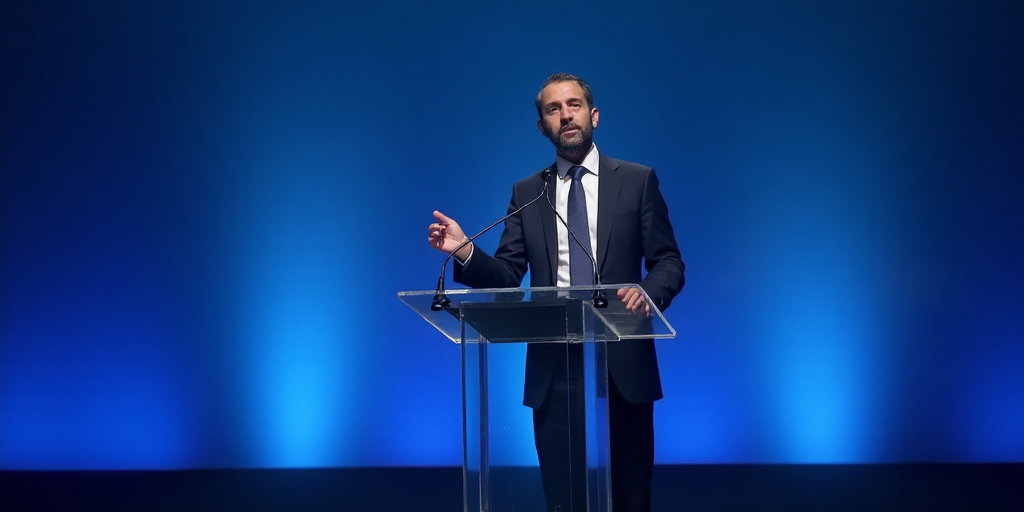Colombian President Gustavo Petro Announces Joining China’s Belt and Road Initiative
Colombian President Gustavo Petro announced on Monday that Colombia will sign the Belt and Road Initiative (BRI), an extensive trade network with China. This decision aims to strengthen industrial development, adopt artificial intelligence, and diversify trade for Colombia.
Background on Gustavo Petro and His Relevance
Gustavo Petro, a former guerrilla fighter and current president of Colombia, has been making headlines with his progressive policies. As the president since August 2022, Petro seeks to transform Colombia’s socio-economic landscape. His recent visit to China marks a significant step in this endeavor.
Petro also holds the presidency pro tempore of the Community of Latin American and Caribbean States (CELAC), a regional bloc comprising 33 countries. His decision to join the BRI reflects his ambition to bolster Colombia’s position in the global arena.
Understanding the Belt and Road Initiative
Launched in 2013 by China, the Belt and Road Initiative (BRI) aims to connect China with Europe, the Middle East, Africa, and Latin America by leveraging its strengths in financing and infrastructure development. Over a century of countries have joined the initiative since its inception.
The BRI presents both opportunities and challenges. While it offers access to Chinese financing for infrastructure projects, there are concerns about potential debt traps and geopolitical implications. The United States and Europe view the BRI as a challenge to their influence in Latin America.
Potential Impact and Concerns
Economists and politicians have raised concerns about possible adverse consequences for Colombia due to the trade agreement with China, especially considering potential reactions from the United States under President Donald Trump.
The United States is Colombia’s largest trading partner, the primary destination for its exports, and a crucial ally in combating drug trafficking. The BRI poses a challenge to the U.S. and Europe as they aim to curb China’s growing influence in Latin America.
María Claudia Lacouture, President of the Colombian-American Chamber of Commerce, has questioned the transparency of the agreement with China and Colombia’s obligations under it.
Key Questions and Answers
- What is the Belt and Road Initiative? The Belt and Road Initiative (BRI) is a global development strategy adopted by the Chinese government in 2013. It aims to enhance regional connectivity and build a network of infrastructure projects across Asia, Europe, Africa, and Latin America.
- Why is Colombia joining the BRI? Colombia aims to strengthen its industrial development, adopt artificial intelligence, and diversify its trade through the BRI. This move is part of President Gustavo Petro’s broader strategy to transform Colombia’s socio-economic landscape.
- What are the potential concerns? Concerns include possible adverse consequences for Colombia’s relationship with its primary trading partner, the United States. There are also worries about potential debt traps and geopolitical implications associated with the BRI.
- What is the role of the Community of Latin American and Caribbean States (CELAC)? As President Gustavo Petro holds the presidency pro tempore of CELAC, his decision to join the BRI reflects an attempt to bolster Colombia’s position within the regional bloc and on the global stage.






